 Two people who moved in Russia “underwater thing” off the ground, deserve a separate story. Chronologically, the first was Ivan Alexander, teacher of drawing and painting, always interested in modern techniques and technologies. Once in France, Louis Daguerre invented a usable method of capturing images, which subsequently became the photo that Alexander immediately made acquainted with the method and opened in St. Petersburg, a photo Studio, one of the first in the world. It is this passion that became a profession, and brought the inventor to the underwater case. In 1853, before the Crimean war, he visited Britain, where a lot of pictures, and beheld the innumerable rows of ships “mistress of the seas”, ready to March to the shores of the Crimea in order to “teach those Russians.”
Two people who moved in Russia “underwater thing” off the ground, deserve a separate story. Chronologically, the first was Ivan Alexander, teacher of drawing and painting, always interested in modern techniques and technologies. Once in France, Louis Daguerre invented a usable method of capturing images, which subsequently became the photo that Alexander immediately made acquainted with the method and opened in St. Petersburg, a photo Studio, one of the first in the world. It is this passion that became a profession, and brought the inventor to the underwater case. In 1853, before the Crimean war, he visited Britain, where a lot of pictures, and beheld the innumerable rows of ships “mistress of the seas”, ready to March to the shores of the Crimea in order to “teach those Russians.”
Read more
 Reactive BM-8-24. In August 1941, took arms 82-mm rocket M-8. It was a modification of the aviation RS-82 for use in the field artillery, which had almost twice the mass of the explosive. Creating launchers for M-8 instructed SLE Moscow plant № 733 “Compressor” with the participation of the Bureau of plant No. 37. Led the development of V. A. Timofeyev, a leading designer of chassis D. I. Sazonov. In machine design engineers used a series of nodes from the BM-13, as well as guides such as “flute” used in aviation.
Reactive BM-8-24. In August 1941, took arms 82-mm rocket M-8. It was a modification of the aviation RS-82 for use in the field artillery, which had almost twice the mass of the explosive. Creating launchers for M-8 instructed SLE Moscow plant № 733 “Compressor” with the participation of the Bureau of plant No. 37. Led the development of V. A. Timofeyev, a leading designer of chassis D. I. Sazonov. In machine design engineers used a series of nodes from the BM-13, as well as guides such as “flute” used in aviation. Reactive BM-8-24. In August 1941, took arms 82-mm rocket M-8. It was a modification of the aviation RS-82 for use in the field artillery, which had almost twice the mass of the explosive. Creating launchers for M-8 instructed SLE Moscow plant № 733 “Compressor” with the participation of the Bureau of plant No. 37. Led the development of V. A. Timofeyev, a leading designer of chassis D. I. Sazonov. In machine design engineers used a series of nodes from the BM-13, as well as guides such as “flute” used in aviation.
Reactive BM-8-24. In August 1941, took arms 82-mm rocket M-8. It was a modification of the aviation RS-82 for use in the field artillery, which had almost twice the mass of the explosive. Creating launchers for M-8 instructed SLE Moscow plant № 733 “Compressor” with the participation of the Bureau of plant No. 37. Led the development of V. A. Timofeyev, a leading designer of chassis D. I. Sazonov. In machine design engineers used a series of nodes from the BM-13, as well as guides such as “flute” used in aviation.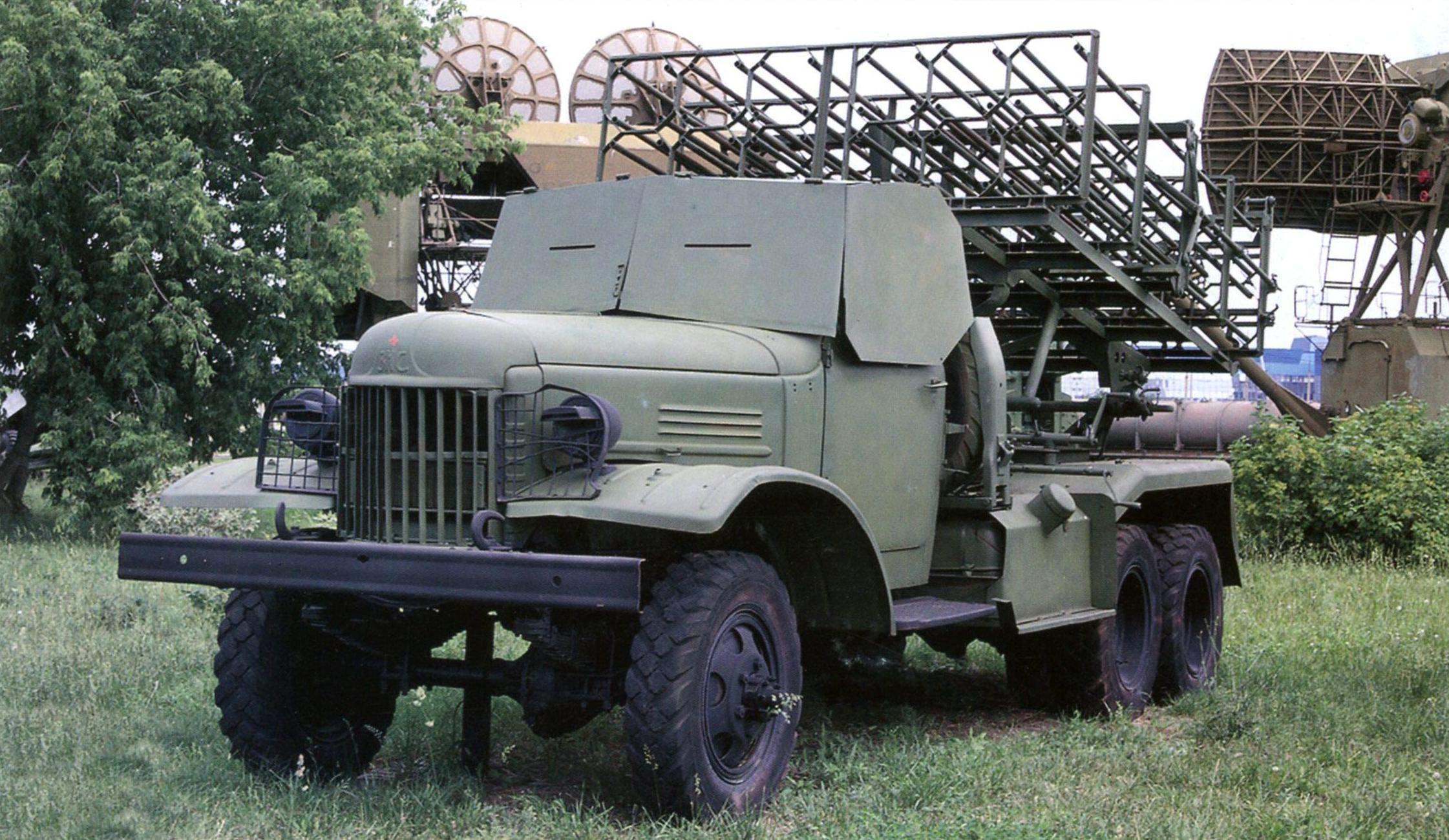

 The idea behind the project was never built submarine “Ero” physicist Marie-Davy, to supply its electric motor, it seemed very attractive. Indeed, what could be better than a virtually silent motor which does not require any precious air and not enough fuel. However, as already mentioned, the Professor is too ahead of its time. The full rechargeable battery in the mid-nineteenth century was not, and the boat “on batteries” (battery cells) could be just the gas-guzzling toy. The possible range of such underwater “Electroapparat” was limited to a few kilometers, and to replenish the supply of energy in disposable elements was impossible.
The idea behind the project was never built submarine “Ero” physicist Marie-Davy, to supply its electric motor, it seemed very attractive. Indeed, what could be better than a virtually silent motor which does not require any precious air and not enough fuel. However, as already mentioned, the Professor is too ahead of its time. The full rechargeable battery in the mid-nineteenth century was not, and the boat “on batteries” (battery cells) could be just the gas-guzzling toy. The possible range of such underwater “Electroapparat” was limited to a few kilometers, and to replenish the supply of energy in disposable elements was impossible.
 Two people who moved in Russia “underwater thing” off the ground, deserve a separate story. Chronologically, the first was Ivan Alexander, teacher of drawing and painting, always interested in modern techniques and technologies. Once in France, Louis Daguerre invented a usable method of capturing images, which subsequently became the photo that Alexander immediately made acquainted with the method and opened in St. Petersburg, a photo Studio, one of the first in the world. It is this passion that became a profession, and brought the inventor to the underwater case. In 1853, before the Crimean war, he visited Britain, where a lot of pictures, and beheld the innumerable rows of ships “mistress of the seas”, ready to March to the shores of the Crimea in order to “teach those Russians.”
Two people who moved in Russia “underwater thing” off the ground, deserve a separate story. Chronologically, the first was Ivan Alexander, teacher of drawing and painting, always interested in modern techniques and technologies. Once in France, Louis Daguerre invented a usable method of capturing images, which subsequently became the photo that Alexander immediately made acquainted with the method and opened in St. Petersburg, a photo Studio, one of the first in the world. It is this passion that became a profession, and brought the inventor to the underwater case. In 1853, before the Crimean war, he visited Britain, where a lot of pictures, and beheld the innumerable rows of ships “mistress of the seas”, ready to March to the shores of the Crimea in order to “teach those Russians.”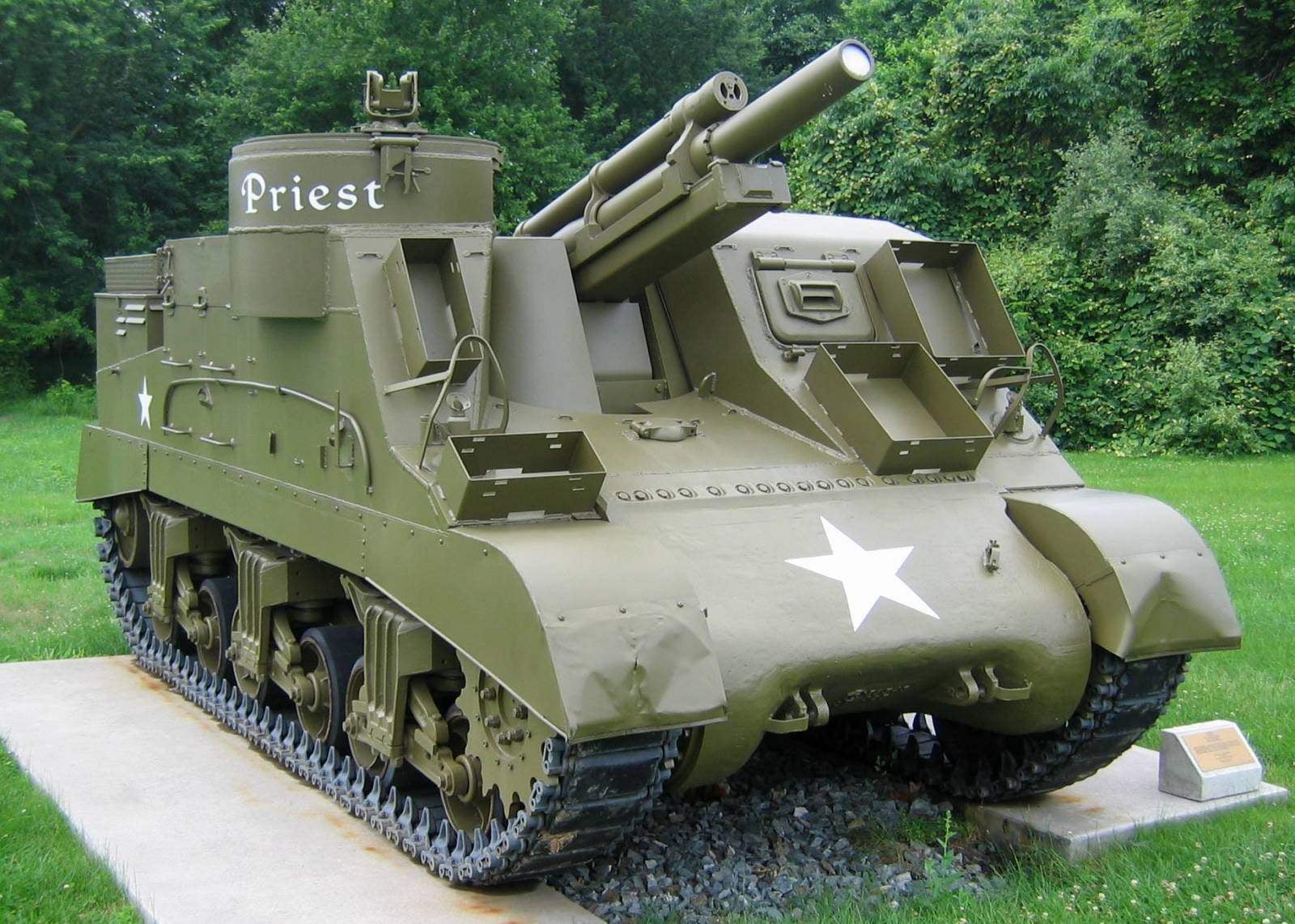
 Self-propelled artillery 105mm setting M7 widely known as Priest (“Priest”). She was the main American destroyer during the Second world war and one of the most numerous, released at this time. The weapon was in service with many artillery units and all units of the armored forces of the United States. It was accepted into service in April 1942 as the M7 105mm Howitzer Motor Carriage howitzer was the end of the war “circulation” in 4316 copies.
Self-propelled artillery 105mm setting M7 widely known as Priest (“Priest”). She was the main American destroyer during the Second world war and one of the most numerous, released at this time. The weapon was in service with many artillery units and all units of the armored forces of the United States. It was accepted into service in April 1942 as the M7 105mm Howitzer Motor Carriage howitzer was the end of the war “circulation” in 4316 copies.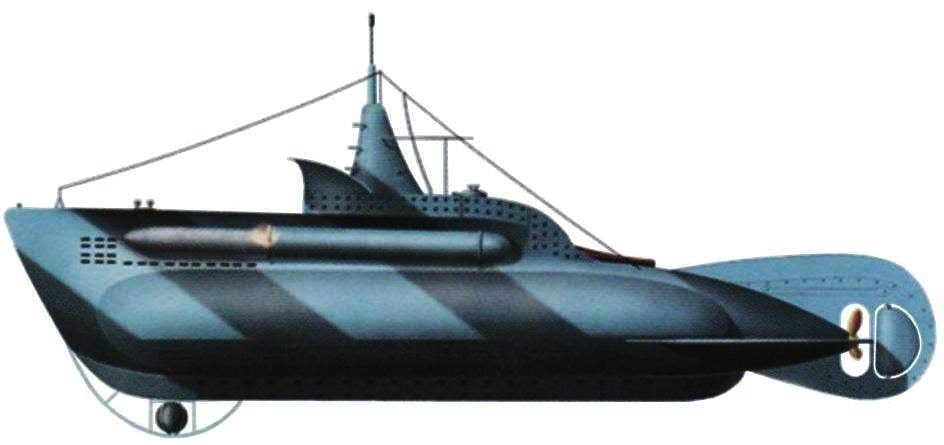
 “Dwarf” submarine or midget submarines occupy a special place in the underwater shipbuilding. Of them, in fact, grew large submarines with a displacement of tens of thousands of tons with crews of hundreds of people. Virtually all countries after the first small submarines switched to medium and larger submarines. And only two States continued to develop boats and large and small sizes -Italy and Japan.
“Dwarf” submarine or midget submarines occupy a special place in the underwater shipbuilding. Of them, in fact, grew large submarines with a displacement of tens of thousands of tons with crews of hundreds of people. Virtually all countries after the first small submarines switched to medium and larger submarines. And only two States continued to develop boats and large and small sizes -Italy and Japan.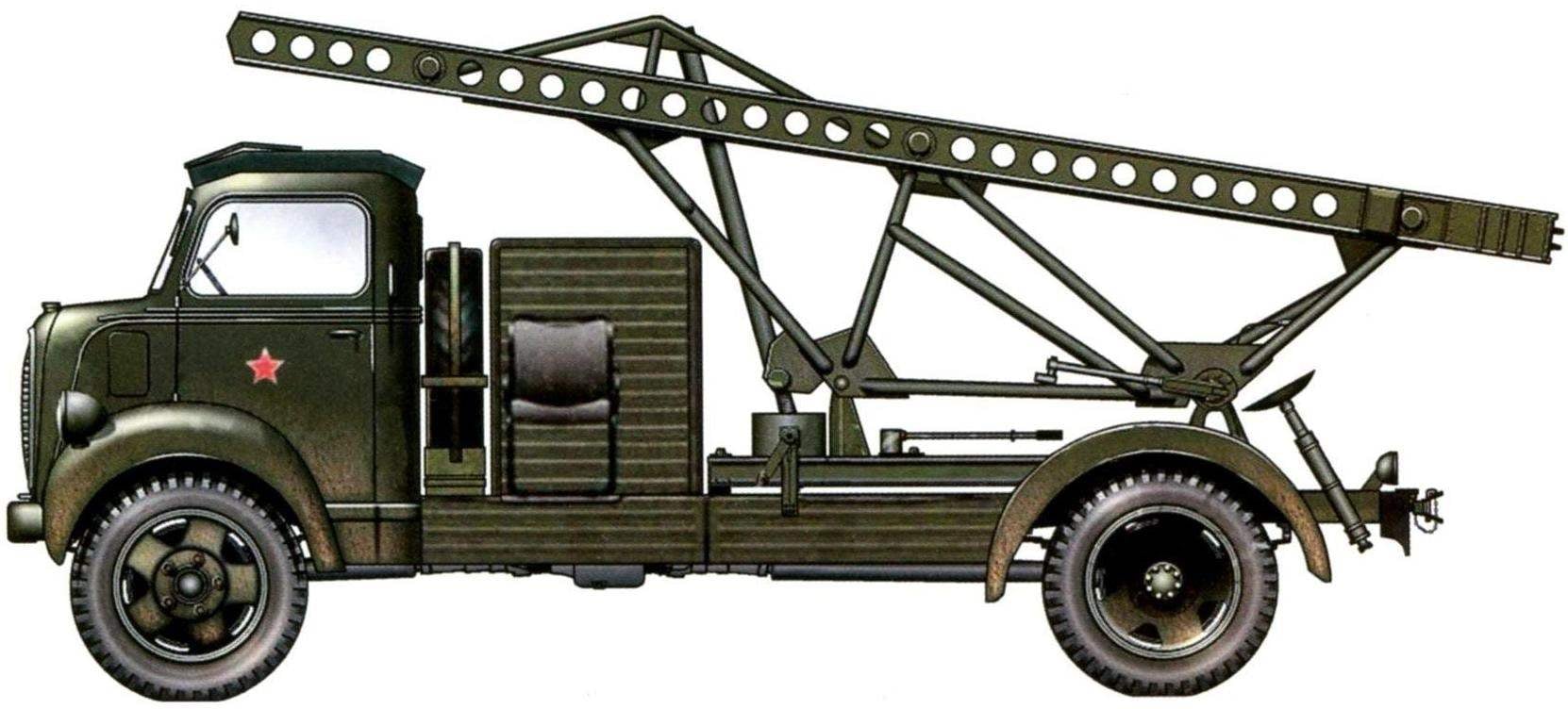
 The emergence of missiles in Russia noted by the chroniclers in the Pskov chronicle of the XV century In 1680 in Moscow organized a special “school” for the production of lighting and flares. In 1717, the Russian army was adopted grenade dynamites lighting signal, rises to a height of 500 fathoms (1 fathom = 2.13 m). In the eighteenth century in India, English General Convex designed their own patterns of missiles and achieved flight range of the missiles up to 3
The emergence of missiles in Russia noted by the chroniclers in the Pskov chronicle of the XV century In 1680 in Moscow organized a special “school” for the production of lighting and flares. In 1717, the Russian army was adopted grenade dynamites lighting signal, rises to a height of 500 fathoms (1 fathom = 2.13 m). In the eighteenth century in India, English General Convex designed their own patterns of missiles and achieved flight range of the missiles up to 3
 In early 1939, at the meetings of the military and industrial leadership of the Soviet Union repeatedly raised the issue of creating new types of fighters and about the increasing power of the aviation industry in case of war could not cope with the necessary volumes of deliveries of combat aircraft. The impetus for this was the analysis of air fighting in Spain, where it became apparent technological backwardness of Soviet fighters I-15 and I-16 from the new enemy aircraft, particularly from the German BF-109.
In early 1939, at the meetings of the military and industrial leadership of the Soviet Union repeatedly raised the issue of creating new types of fighters and about the increasing power of the aviation industry in case of war could not cope with the necessary volumes of deliveries of combat aircraft. The impetus for this was the analysis of air fighting in Spain, where it became apparent technological backwardness of Soviet fighters I-15 and I-16 from the new enemy aircraft, particularly from the German BF-109.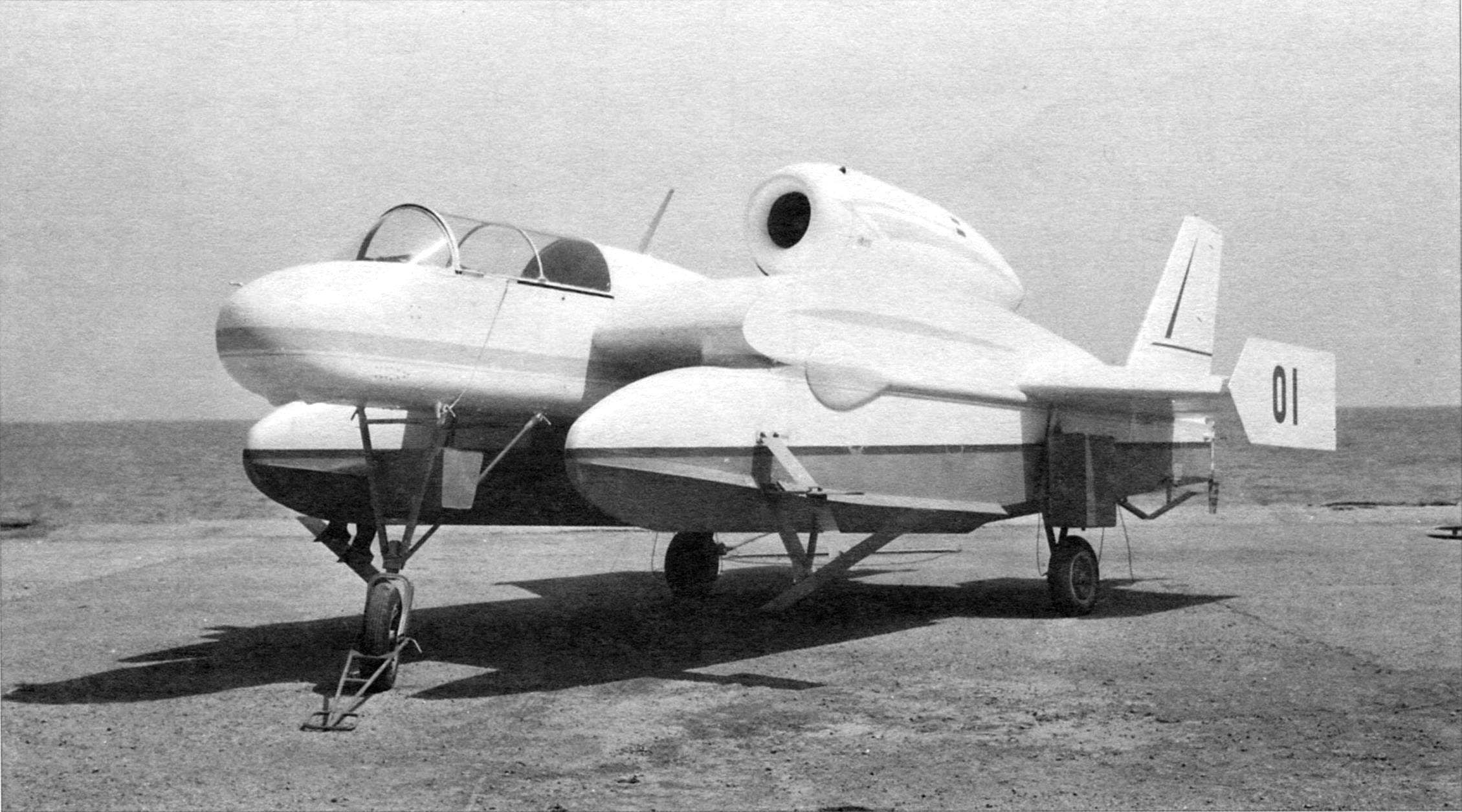
 From the very beginning of the history of water transport designers and engineers sought to give the courts the ability to move with the greatest speed. It was necessary to reduce the hydrodynamic resistance of the hull. The race for “Ghost of speed” led to the most radical solution -to completely eliminate contact of the hull with the water surface! This was made possible thanks to the creation of wig – the courts break the wings.
From the very beginning of the history of water transport designers and engineers sought to give the courts the ability to move with the greatest speed. It was necessary to reduce the hydrodynamic resistance of the hull. The race for “Ghost of speed” led to the most radical solution -to completely eliminate contact of the hull with the water surface! This was made possible thanks to the creation of wig – the courts break the wings.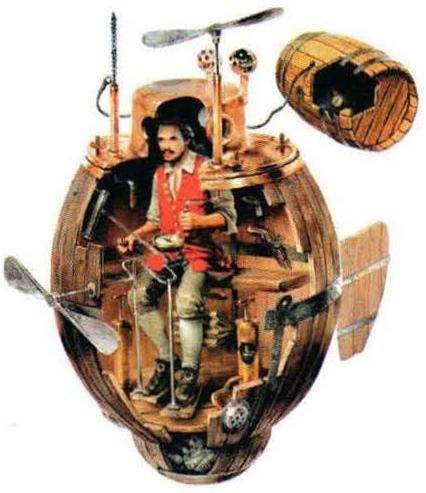
 As we have seen, the “underwater thing” in France during the time of Napoleon special did not develop, despite quite a rich flow of suggestions, starting with Robert Fulton. However, ironically, the submarine had to rescue the deposed Emperor from captivity on the island of St. Helena. The twists and turns of a real trace in the history of shipbuilding have left, but are curious as illustrations of the rapid “underwater currents”, which was accompanied by the development of new technology.
As we have seen, the “underwater thing” in France during the time of Napoleon special did not develop, despite quite a rich flow of suggestions, starting with Robert Fulton. However, ironically, the submarine had to rescue the deposed Emperor from captivity on the island of St. Helena. The twists and turns of a real trace in the history of shipbuilding have left, but are curious as illustrations of the rapid “underwater currents”, which was accompanied by the development of new technology.
 Firm “Gather of waggonfabrik” (better known as just “goth”) at the end of the 1930s, released the first batch of ten-seat amphibious gliders DFS 230 was developed in the German Institute for the development of gliding (Deutches Forschungsanstalt für Segelflug, abbreviated DFS) under the direction of G. Jacobs. At the plant “goth” production of the DFS 230 was engaged in engineer A. Kalkert. Taking a series of DFS 230, Kalkert thought on creating a larger glider capable of carrying 20 soldiers with full equipment, and oversized cargo. He had to have a large hatch with size approximately equal to the cross section of the fuselage, and upper wing. The cargo hatch designer decided to make a hinged tail of the fuselage, as the nose of the glider could get damaged when landing (which often happens). This entailed the use of twin-boom tail. This layout was previously known, but was first applied to aircraft of this size.
Firm “Gather of waggonfabrik” (better known as just “goth”) at the end of the 1930s, released the first batch of ten-seat amphibious gliders DFS 230 was developed in the German Institute for the development of gliding (Deutches Forschungsanstalt für Segelflug, abbreviated DFS) under the direction of G. Jacobs. At the plant “goth” production of the DFS 230 was engaged in engineer A. Kalkert. Taking a series of DFS 230, Kalkert thought on creating a larger glider capable of carrying 20 soldiers with full equipment, and oversized cargo. He had to have a large hatch with size approximately equal to the cross section of the fuselage, and upper wing. The cargo hatch designer decided to make a hinged tail of the fuselage, as the nose of the glider could get damaged when landing (which often happens). This entailed the use of twin-boom tail. This layout was previously known, but was first applied to aircraft of this size.